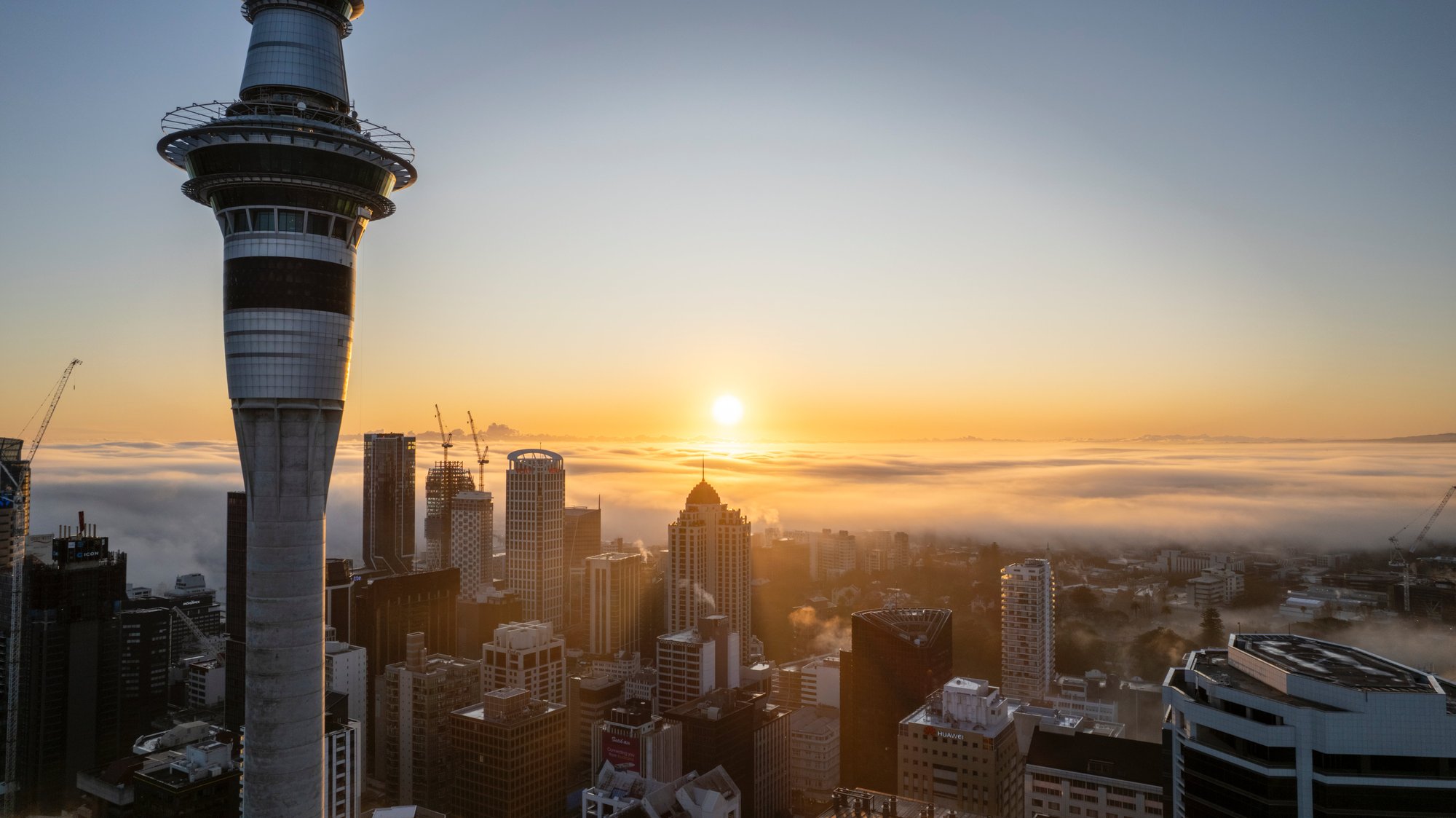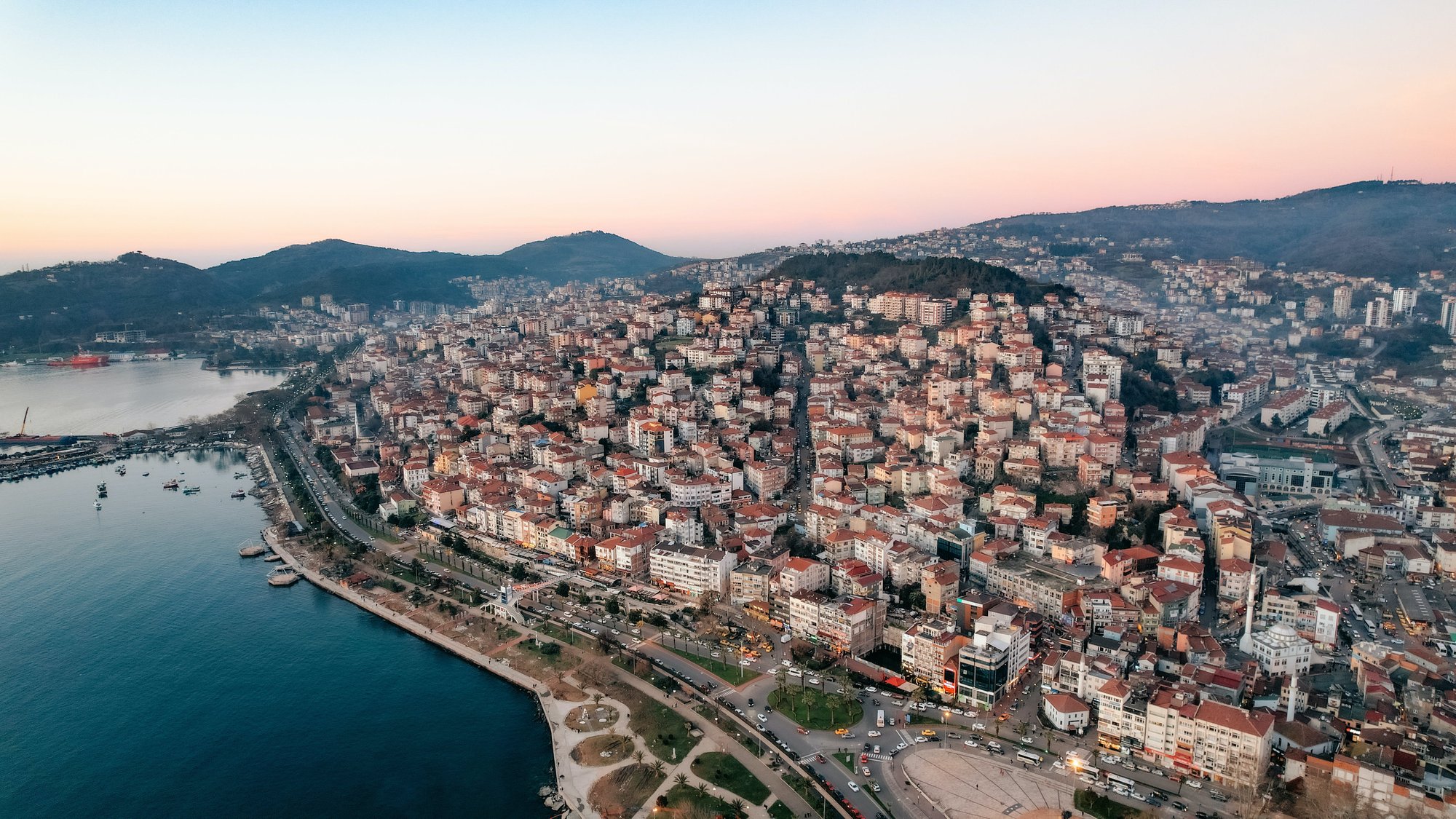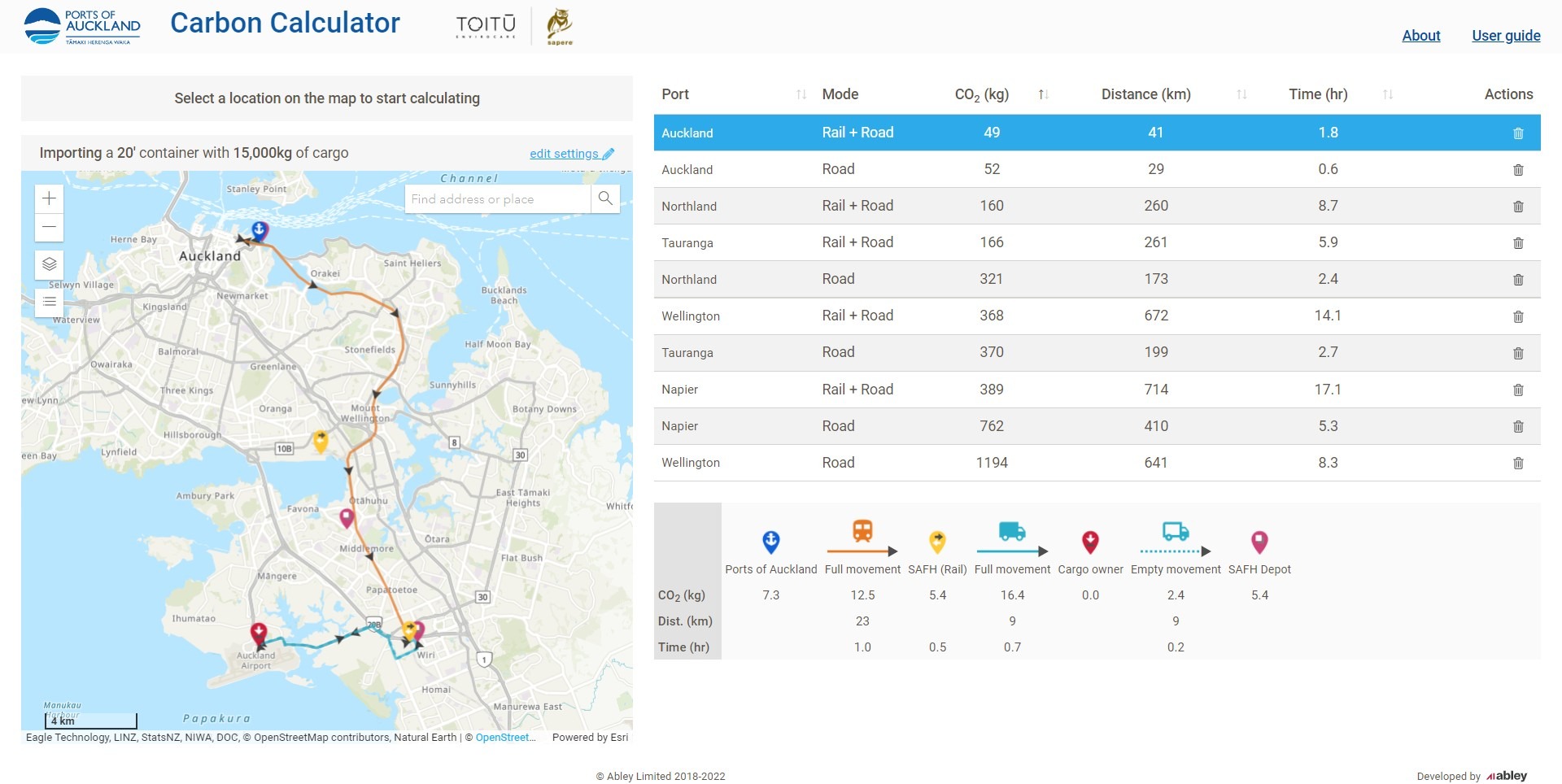Ports of Auckland “Carbon Calculator” for more sustainable cargo movement
Ports of Auckland give customers more control over carbon emissions from shipping routes in a New Zealand first.
The port launched their Supply Chain Carbon Calculator in August 2022, to help customers identify the most efficient shipping route for their cargo.
Sales and Business Development Manager at the port, Suhail Sequeira outlines the background to the Carbon Calculator project. Ports of Auckland (POAL) is connected to an inland road and rail freight network. POAL operate this network so they can offer customers cost effective and environmentally sustainable ways of moving cargo.
Leading innovation in New Zealand
Suhail describes how this project was driven by the ports’ larger goal to lead innovation in New Zealand.
Part of that goal was to optimise supply chains by reducing wastage and carbon emissions and also to make it easier for customers to transact their cargos as a one-stop-shop.”
Historically and still today, Ports of Auckland is an import dominant port. Once these import containers are unpacked, they’re returned empty to the shipping lines container depot. But this leads to a lot of empty containers travelling around NZ over various modes of transport. Over the years, we’ve built inland freight hubs where regional producers can refill these empty containers with export cargo, creating a more balanced flow of imports and exports, for example between Auckland and the Waikato. The idea is to move a full container down, then return a full container back.
The Carbon Calculator helps show importers and exporters that this is not only a more efficient way to ship goods, but it can help them reduce carbon emissions in the bargain.”


Choosing the right partner
Suhail explains why the port choose Abley as their partner for the Carbon Calculator project.
We did a selection process, and we approached some big consultancies to see their depth of knowledge in this field, and how they would go about the project. But a few things stood out with Abley. They were already involved in the New Zealand transport sector, working with Waka Kotahi on data collection and modelling. And then when we did meet them, they knew exactly what we were talking about. They understood our lingo clearly and communicated back in the same manner. So, they stood out from the pack.
I was feeling a bit nervous at the start of the project because I was only a few months into the job. It was a bit nerve wracking because it was an important project and a New Zealand first, so I wanted to get it right. Fortunately, Abley had our back.”
Transparency and good give and take
Suhail recalls how the project started. First, we wanted to build a prototype to see whether our idea would work, what it could look like, how it could perform, and the opportunities from there.
I remember our first meeting with Abley clearly. I drew on a piece of paper what we thought the calculator should look like, and asked, ‘Is this possible? Are we living in fantasy land?’ Abley took my scribbles away and came back with a prototype that looked really awesome. I remember thinking, this is only the start, and so many ideas started flowing after that.
The project went really well. We did experience technical challenges because of the complexity of the project. But Abley were good at communicating those challenges. They didn’t try to hide anything and there was good give and take when it came to situations where it would take more time or money to fix a problem. So, it was nice to have that visibility throughout and to have partners who were so transparent about the whole process.”
“A few things stood out with Abley. They were already involved in the New Zealand transport sector, working with Waka Kotahi on data collection and modelling. The project went really well. We did experience technical challenges because of the complexity of the project. But Abley were good at communicating those challenges."

Collaboration makes your end product better
Anything is possible, but first you must have a good idea and then not only get others to believe in that idea, but also to contribute to it. Because if others feel free to contribute towards it, your little idea becomes even better.
Suhail recommends to:
Be patient. Complex digital projects take time. You’ll be met with challenges you don’t have answers to straight away. So, take the time to speak with the team working on your project before you make your final decision. Abley were good at coming up with solutions. There would sometimes be a trade-off to consider, for example a particular feature would be possible, but we might not have budget for it in that phase. Abley were good at helping us prioritise the important elements we wanted now, and our nice-to-haves for later on.
We were working with the Abley team pretty much daily, and they were awesome. Their clear communication really built our relationship. It was a great project team on both sides, there were quite a few of us involved from the port, and it was good to be able to pop down to Abley’s offices or hop on Teams and walk-through things. We had a good understanding of where everyone was coming from, and we knew we were all on the same page.”
Helping people make informed decisions about carbon emissions
Suhail says the launch of the Carbon Calculator has provided much enthusiasm from the users, including importers and exporters, transport companies, freight forwarders, shipping lines, and the Ministry of Transport. Everyone is very excited about this tool and can see the value. It’s educating people on how freight currently moves and how freight could move.
The calculator can show you your routing options and what your carbon emissions would be if you used the most efficient and effective route. It shows all the ports in the North Island. You can select whether you are importing or exporting a container, enter the approximate weight of your cargo, and then drop a pin on the map to select where the container will be unpacked or packed. The calculator shows your road, rail, and empty container relocation shipping options, along with the associated carbon emissions for each option, based on cargo weight loaded in a container over kms travelled.
It’s great to have a proper conversation about carbon emissions. The way we see it is, if we really want to reduce our carbon, let’s start by optimising all the transportation assets we currently have in play in the North Island. Let’s find the most efficient routes and collaborate to reduce carbon by having all those assets run both ways full of goods, rather than air. Seeing the different routes visually, along with a diagram that shows the carbon emissions for the different modal options, really helps people make more informed decisions.
We’ve had feedback from importers and exporters that they’ve used the calculator and they’re now looking to reduce their emissions by changing which port they import or export from and how they ship goods to and from that port. So, we know we’ve done something right.”
Are you looking for ways to reduce your carbon emissions?
Working with the Ports of Auckland team to build this Supply Chain Carbon Calculator has been a highlight for Abley’s Software Development team. We’re particularly proud of how, despite the complexity of the data calculations behind the scenes, the calculator is easy to use.
But we’re also proud to be a part of such an important project for New Zealand. Climate change is now an urgent concern for us all. Mitigating carbon emissions and adapting to a changing climate are challenges we face together, and we applaud Ports of Auckland for taking the lead.
If you’re planning a digital project in the transport sector, I recommend you give Abley a go and listen to what they might be able to bring to your particular project. In our case, they brought more than some of the other consultancies could offer. Hats off to Abley for putting their hand up for the project, it’s definitely been a big success” says Suhail.
If you’d like to work with Abley to develop a tool to reduce your carbon emissions, we’d love to talk.
Get in touch
If you’ve got a question or want to chat to us about how we can help you, contact us.
We look forward to talking with you.
.png?width=556&height=152&name=Abley_MasterLogo-Website%20(1).png)
